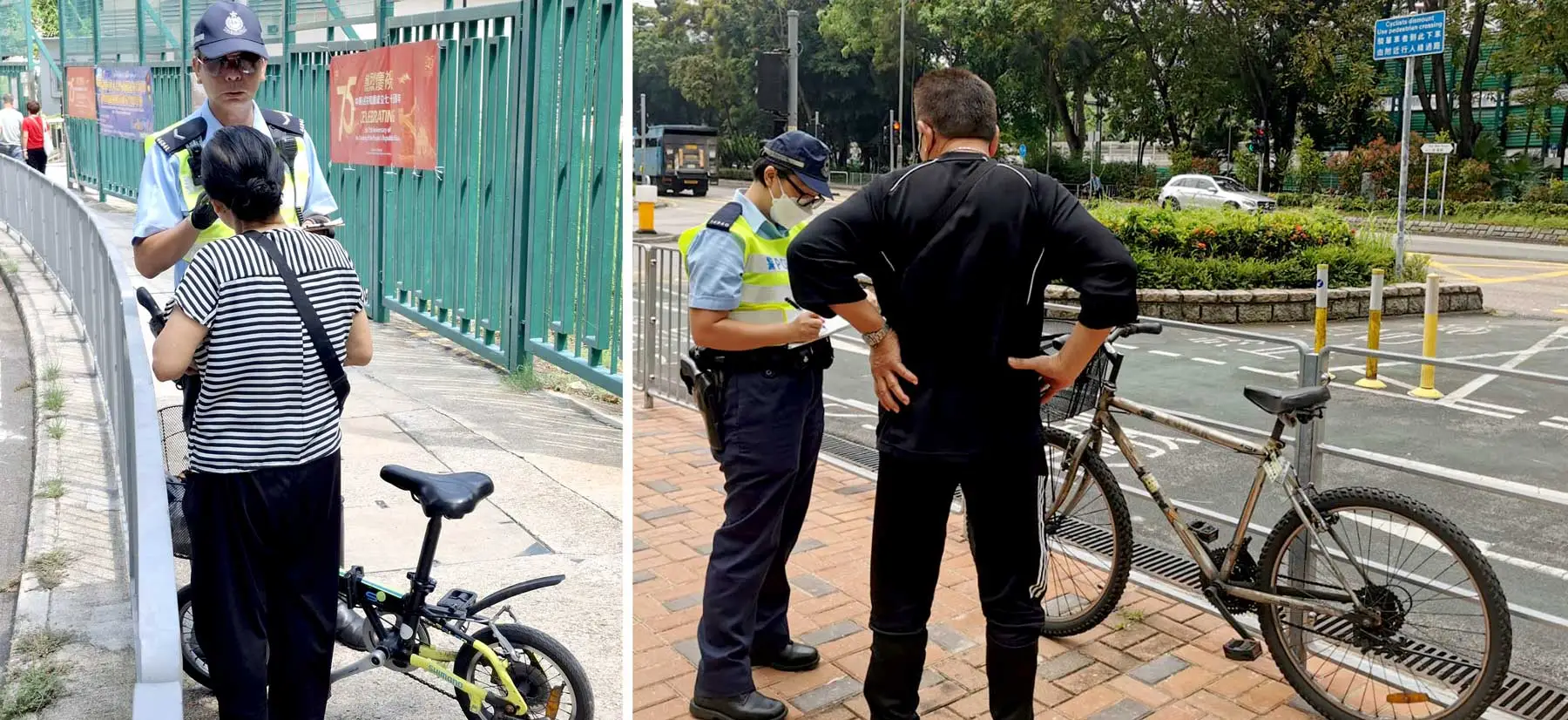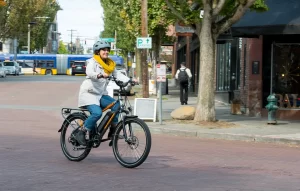
California Adds New Bill to Make E-Bikes Safer for All

On September 15, 2024, California Governor Gavin Newsom signed SB 960, also known as the Complete Streets Bill, into law. This piece of legislation, introduced by Senator Aisha Wahab, focuses on improving the safety, accessibility, and overall design of transportation infrastructure across the state.
Here are the key highlights of SB 960 and its potential impacts:
1. Complete Streets Approach
- Complete Streets refers to the idea of designing and operating streets that are safe, accessible, and convenient for all users—whether they are walking, biking, driving, or using public transportation. SB 960 mandates that local governments and transportation agencies incorporate this approach when planning and upgrading streets.
2. Focus on Equity and Accessibility
- SB 960 places a particular emphasis on addressing the needs of disadvantaged communities, particularly those that have been historically marginalized or underserved. This includes prioritizing projects in neighborhoods where lower-income residents, people of color, and those with disabilities may face disproportionate barriers to safe transportation.
- By making transportation systems more equitable, the bill seeks to provide better access to education, jobs, and services for everyone, regardless of their mode of travel or income level.
3. Improved Pedestrian and Cyclist Infrastructure
- The bill ensures that local governments consider the safety of pedestrians and cyclists when planning or redesigning streets. This includes the creation of dedicated bike lanes, safe pedestrian crossings, and improved sidewalks.
- By prioritizing infrastructure for non-motorized users, SB 960 aims to encourage walking and cycling as sustainable modes of transportation, helping to reduce traffic congestion and improve air quality.
4. Safety Measures
- The legislation directs transportation planners to focus on reducing traffic-related fatalities and injuries, particularly in vulnerable areas such as near schools, parks, and senior centers. This could include measures like slower speed limits, improved signage, better lighting, and more visible crossings.
- Vision Zero, California’s initiative to eliminate traffic deaths, is reinforced through SB 960 by encouraging the redesign of streets to make them safer for everyone.
5. Planning and Funding Requirements
- Under SB 960, cities and counties are required to incorporate Complete Streets principles into their transportation plans and examine equity impacts in their project designs. This includes integrating these principles into both long-term planning documents and short-term project funding applications.
- The bill also makes it easier for local governments to access state funding to implement these projects, aiming to provide financial support to make Complete Streets a reality statewide.
6. Integration with State Goals
- SB 960 aligns with California’s broader environmental goals, including reducing greenhouse gas emissions, reducing dependency on cars, and promoting sustainable urban development. By prioritizing safer walking and biking infrastructure, the bill supports the state’s efforts to combat climate change by encouraging more eco-friendly transportation options.
7. Implementation Timeline and Impact
- While the bill gives local governments some time to implement these requirements, the hope is that within a few years, more streets across California will be safer, more accessible, and better equipped for a variety of transportation modes.
- The law is expected to transform urban spaces, particularly in larger cities and growing suburban areas, into more pedestrian- and bike-friendly environments.
8. Wider Context
- SB 960 comes as part of a growing movement in California to reimagine streets and transportation infrastructure. Governor Newsom has made improving public transit, reducing traffic fatalities, and addressing transportation inequities central to his administration’s transportation policy.
- California has been a leader in climate and transportation reform, and this bill builds on the state’s ongoing efforts to foster more sustainable, equitable cities.
In summary, SB 960 is an important step toward reimagining how California’s streets are designed, with a focus on equity, safety, and sustainability. By implementing Complete Streets principles, the bill aims to make transportation in the state more inclusive and accessible, while also supporting broader environmental goals.
Recent Posts


California Adds New Bill to Make E-Bikes Safer for All
September 20, 2024
No Comments

Get Ready for Higher E-Bike Tariffs
June 10, 2024
No Comments

Can You Get a DUI While Riding On an E-Bike?
April 22, 2024
No Comments

The Dangers of E-Bike Fires: Fact or Fiction?
November 21, 2023
No Comments

Exploring the Latest E-Bike Rules and Safety in California
October 19, 2023
No Comments

